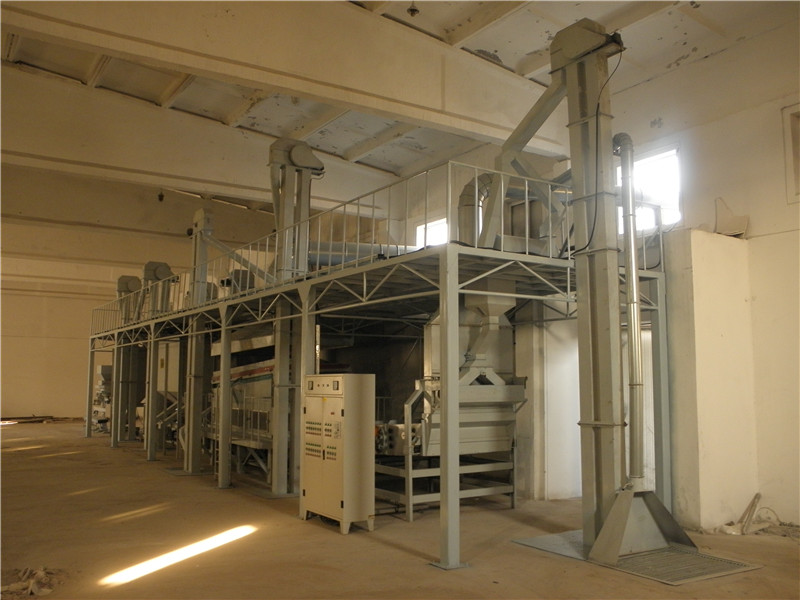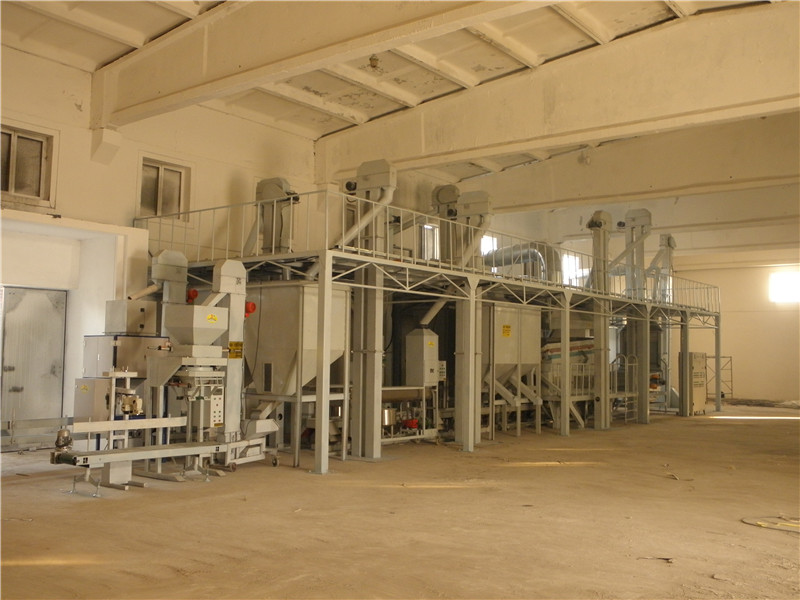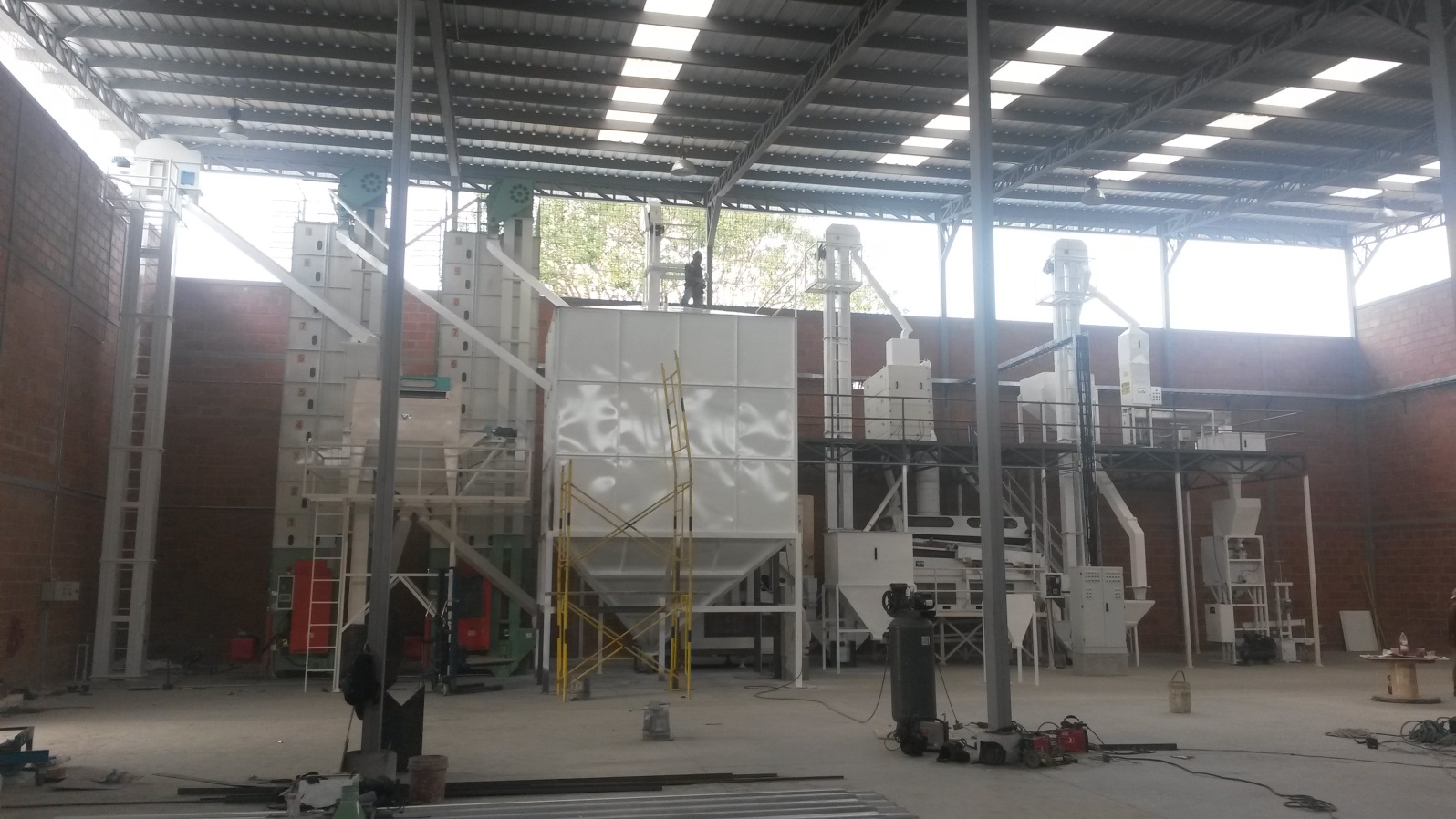Navel orange fertilization technology method
(1) Soil fertilization: Soil fertilization is not only conducive to roots absorbing fertilizer as quickly as possible, but also preventing roots from suffering from fertilizer damage. Therefore, fertilization should be done due to time, due to trees, due to fertilizer system. Persist in shallow roots, deep in roots, shallow in spring and summer, deep in autumn and winter, shallow application of inorganic nitrogen, phosphorus, potash fertilizer and organic fertilizer. Fertilization in autumn and winter should be combined with deep turning to expand the soil and embed the green manure; phosphate fertilizer is easily fixed by the soil, and the deep application of the mixed organic fertilizer is effective.
There are various methods for soil fertilization. The navel orange young trees are applied with annular furrows; the navel oranges of the adult tree are applied with strip furrows; the narrow navel orange trees are applied with radial furrows. Since the navel orange fruit trees are deep-rooted crops, the root system is mainly distributed in the depth of 40 to 80 cm. The location of fertilization should be outside the canopy drip line and not near the main root at the trunk.
1 ring groove fertilization: According to the size of the crown, with the trunk as the center, open the ring groove near the outer edge of the canopy, the depth of the groove is determined according to the depth of the root distribution, generally 20 to 30 cm deep, 30 cm wide. The advantage of circular fertilization is that it is economical and simple, but it is small in area and easily damaged. It is often used for fertilizing young trees.
2 Radial fertilization: According to the size of the tree crown, dig 4 to 6 radial grooves in the tree tray. The width of the groove is about 30 cm. It should be shallow near the trunk and gradually deepen outward. This method has only a small number of wounds, and the fertilization site is changed every Other year or every other time so as to expand the fertilization area.
3 Strip furrow fertilization: in the navel orange tree line or between the strips open strips, depth, width of 30 cm, filled with soil after fertilization; year in the inter-row, inter-row rotation ditch, suitable for adult navel orange garden, especially Is a line of orange garden fertilizer.
4 points fertilization: digging 4 to 8 evenly on the outer edge of the crown, 20 to 30 centimeters deep, and 30 centimeters wide. Fertilizers are applied to the inside of the cave. The method of point fertilization is simple and has less roots, but the fertilization area is small and it is suitable for applying liquid fertilizers.
5 Whole Garden Fertilization: Distribute fertilizer evenly throughout the garden and then into the soil. It is suitable for adult orange orchards of navel oranges with full roots in the roots, but the depth of fertilization is shallow and the length of roots is easy to be used. It should be used interchangeably with other methods.
(2) Top-dressing: Top dressing is also called foliar fertilizer. The nitrogen fertilizers used for foliar spraying are mainly urea, ammonium sulfate and ammonium nitrate, etc., and urea is the best. Phosphorus fertilizers are mainly ammonium phosphate (mixture of ammonium dihydrogen phosphate and ammonium hydrogen phosphate), superphosphate and phosphoric acid. Potassium hydrogen, dipotassium hydrogen phosphate, etc. Among them, the effect of ammonium phosphate is best. Superphosphate is used for foliar fertilization. After being soaked in water for a day and night, it is prepared according to the required concentration. Potash fertilizer is mainly composed of potassium dihydrogen phosphate, potassium sulfate, potassium chloride, potassium nitrate and dipotassium hydrogen phosphate. Hydrogen potassium is best.
In order to save man-hours during fertilization, different fertilizers are usually mixed and applied, and at the same time, the comprehensive requirements for nutrient elements in the growth and development of navel oranges are satisfied, and sometimes appropriate blending of fertilizers can improve fertilizer efficiency.
Seed processing plant is a complete set production line composed of seed cleaning and treating procedures. Seed cleaning procedure will remove the dust, big size impurity, small size impurity, stones, immature, eaten, sicken seeds out. Seed treating procedure will coat the protective chemical film on seeds' surface to improve seed germination rate. One Seed Processing Line normally including following equipment: seed cleaner, Seed Grader , de-stoner, Gravity Separator , Seed Coating Machine. We will offer particular plant solutions for every different seeds processing requirements. Oversea installation and training is available.
We built over 10 sets seed processing plants at home abroad. Following are two cases reference.
10 ton/hour wheat Seed Processing Plant in Hebei, China.
This 10 ton wheat seed processing line includes: 5XTK-10 wheat huller, 5XZC-15 seed cleaner & grader, 5XZ-10 gravity separator, 5XFJ-10 seed Grading Machine , 2 sets 5BY-5B seed coating machine and 2 SETS DCS-50B Bagging Scale System.
Wheat seed processing line working flow:
Wheat huller: Hulling and removing the husk on wheat seeds
Seed cleaner & grader: Removing the dust, oversize and undersize impurity
Gravity separator: Separating the immature, eaten, sicken, moldy, bad seeds.
Grading machine: Grading wheat seed by size difference to 2 levels
Seed coating machine: The two different level seeds go to different seed coating machine for chemical dressing.
Bagging Scale : Finished wheat are being
weighted and packed to bag.


5 T/H rice seed processing plant in Ecuador
This client main crop is rice seed. Considering of the raw material condition, our engineer made following cleaning recommendation. Whole plant is made of drum precleaner, debearder, fine seed cleaner, thickness separator, gravity separator, seed coating machine, bagging scale system.
Whole plant functions introduction
Drum pre cleaner: quick remove the big impurity as the straws
Debearder: remove top hairs on rice
Fine Seed Cleaner : remove dust, light impurity, big and small impurity
Thickness separator: separate the seeds by thickness, improve final seeds quality.
Gravity separator: remove the partially eaten, insect damaged, sick seeds
Seed coating machine: coat seeds by medicine and protect seeds after sowing
Bagging scale: pack grain into the bags, prepare seed ready for sale.

Seed Processing Plant
Seed Processing Plant,Sesame Processing Plant,Seed Processing Cleaning Plant,Grain Processing Plant
SHIJIAZHUANG SYNMEC INTERNATIONAL TRADING LIMITED , https://www.seedgraincleaner.com